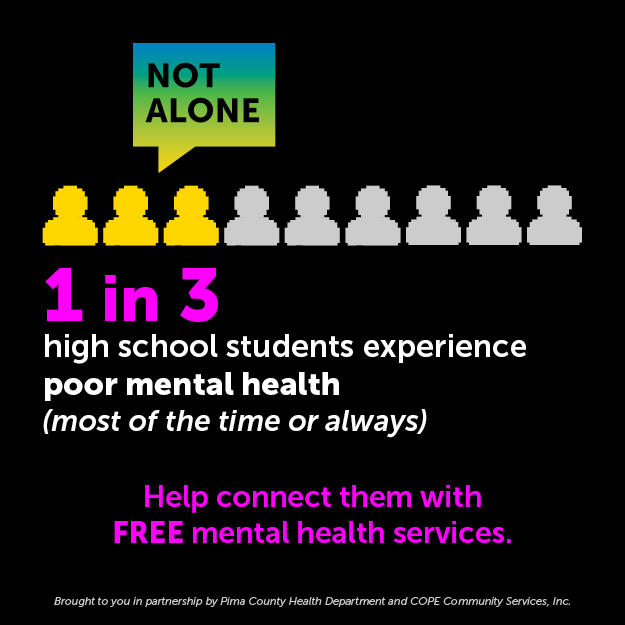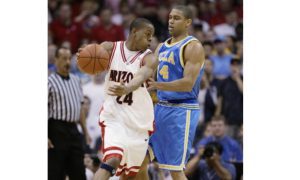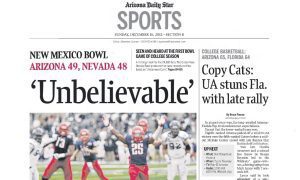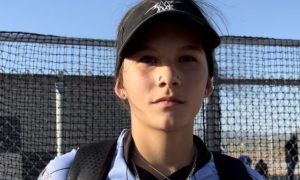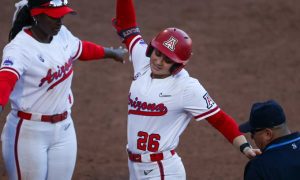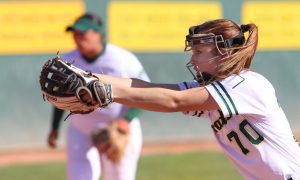
EDITOR’S NOTE: Due to the controversy surrounding Sean Miller’s technical foul in last year’s Pac-12 Tournament, an event in which former Pac-12 director of officiating Ed Rush reportedly placed a bounty on Miller to be thrown out or given a technical, this site will monitor the league’s officials during the course of the season through the conference tournament in March. The integrity of the game and its officiating was called into question by Rush’s actions, which ultimately led to his resignation.
The Arizona Wildcats’ opponent tonight, Stanford, leads the Pac-12 in two positive categories with officiating at Maples Pavilion.
The Cardinal are plus-14 compared to opponents in personal fouls called in three conference home games. Stanford is plus-38 in free-throw attempts in those games against Cal, Washington and Washington State at Maples Pavilion.
In four road games, Stanford is minus-6 in free-throw attempts compared to the home team.
Translation: Officials feed off the atmosphere at Maples or visitors are fouling Stanford a heck of a lot more there.
Arizona coach Sean Miller made a comment this week that he is concerned about defending Stanford forward Dwight Powell, mentioning that Powell takes about eight free throws a game. He averages eight free-throw attempts a game in conference play and 5.7 overall.
Powell has attempted four more free throws at home rather than on the road although the Cardinal have played more road games (four). The 6-foot-10 versatile player is 21-of-30 from the free-throw line in the three home games and 18-of-26 in four road games.
In Stanford’s last home game against Washington on Jan. 18, two Huskies fouled out — Mike Anderson and Andrew Andrews — while the Cardinal had only 13 fouls overall.

Bob Staffen
Whistle-happy: The crews in which Bob Staffen works leads the Pac-12 with an average of 44.5 personal fouls called a game and a whopping 56.3 free-throw attempts per game. Staffen has worked four games, including the ASU at Arizona game on Jan. 16 in which 61 free throws were attempted.
Biggest homer?: Remains David Hall, whose crew in the Arizona-Utah game Sunday was consistent with his results this season. Arizona had a plus-5 margin in personal fouls called and plus-7 in free-throw attempts. For the Pac-12 season, Hall ranks first with a plus-25 margin in personal fouls for home teams and also first in home-team free-throw attempts (plus-37 margin).
Thick-skinned: Mike Scyphers is not fazed by the home crowd because the home teams of games in which he calls have a league-leading minus-18 margin in personal fouls called. His crews are also second in the league with home teams having a minus-24 margin in free-throw attempts.
The following five charts involved a few hours of my time putting together data of league referees. I will update the data through the season. Here is a brief description of each:
Chart 1 and 2: Chart 1 indicates the referees who have officiated at least three Pac-12 games in the first four weeks of the season. Chart 2 lists all officials.
Within Chart 2, it first lists the years the referees have worked college basketball games per statsheet.com.
The conference record shown indicates the cumulative combined conference records of the teams at the time they played in the game called by the ref.
The “Rank” column is the number of games called that involve AP Top 25 teams. Also listed are stats related to games called by a referee’s crew: Personal fouls, average of personal fouls, disqualifications, technical fouls, free-throw attempts and free-throw attempt average a game.
Other columns: PFDiff — Difference between fouls of home and away teams (a minus score reflects more calls made for the visitor), and FTDiff — Difference between free-throw attempts of home and away teams (again, a minus score reflects more calls made for the visitor).
Chart 3 and 4: Chart 3 indicates the number of overall games called by a ref of a particular conference team. Chart 4 has the same principle but indicates only certain locations where the referee called a game.
Chart 5: Indicates difference of calls made for a team at home compared to on the road in Pac-12 games. HPFDIFF stands for “Home Personal Foul Difference” compared calls to visitors. HFTDIFF stands for “Home Free Throw (attempts) compared to visitors. The same principle applies for when on the road for APFDIFF and AFTDIFF. The total of each category is signified with TotPFD and TotFTD.
CHART ONE: MOST-USED OFFICIALS
[csv src=http://wildaboutazcats.net/wp-content/uploads/2014/01/Pac12RefsMostGames7.csv]
CHART TWO: ALL OFFICIALS
[csv src=http://wildaboutazcats.net/wp-content/uploads/2014/01/Pac12RefsOverall7.csv]
CHART THREE: REFS BY TEAMS CALLED
[csv src=http://wildaboutazcats.net/wp-content/uploads/2014/01/Pac12RefsAllGames7.csv]
CHART FOUR: REFS BY LOCATIONS CALLED
[csv src=http://wildaboutazcats.net/wp-content/uploads/2014/01/Pac12RefsRoadGames7.csv]
CHART FIVE: DIFFERENCE OF CALLS HOME AND AWAY
[csv src=http://wildaboutazcats.net/wp-content/uploads/2014/01/HomeAway7.csv]
WILDABOUTAZCATS.net publisher, writer and editor Javier Morales is a former Arizona Press Club award winner. He also writes articles for Bleacher Report, Lindy’s College Sports and TucsonCitizen.com.
[rps-paypal]
|
|


